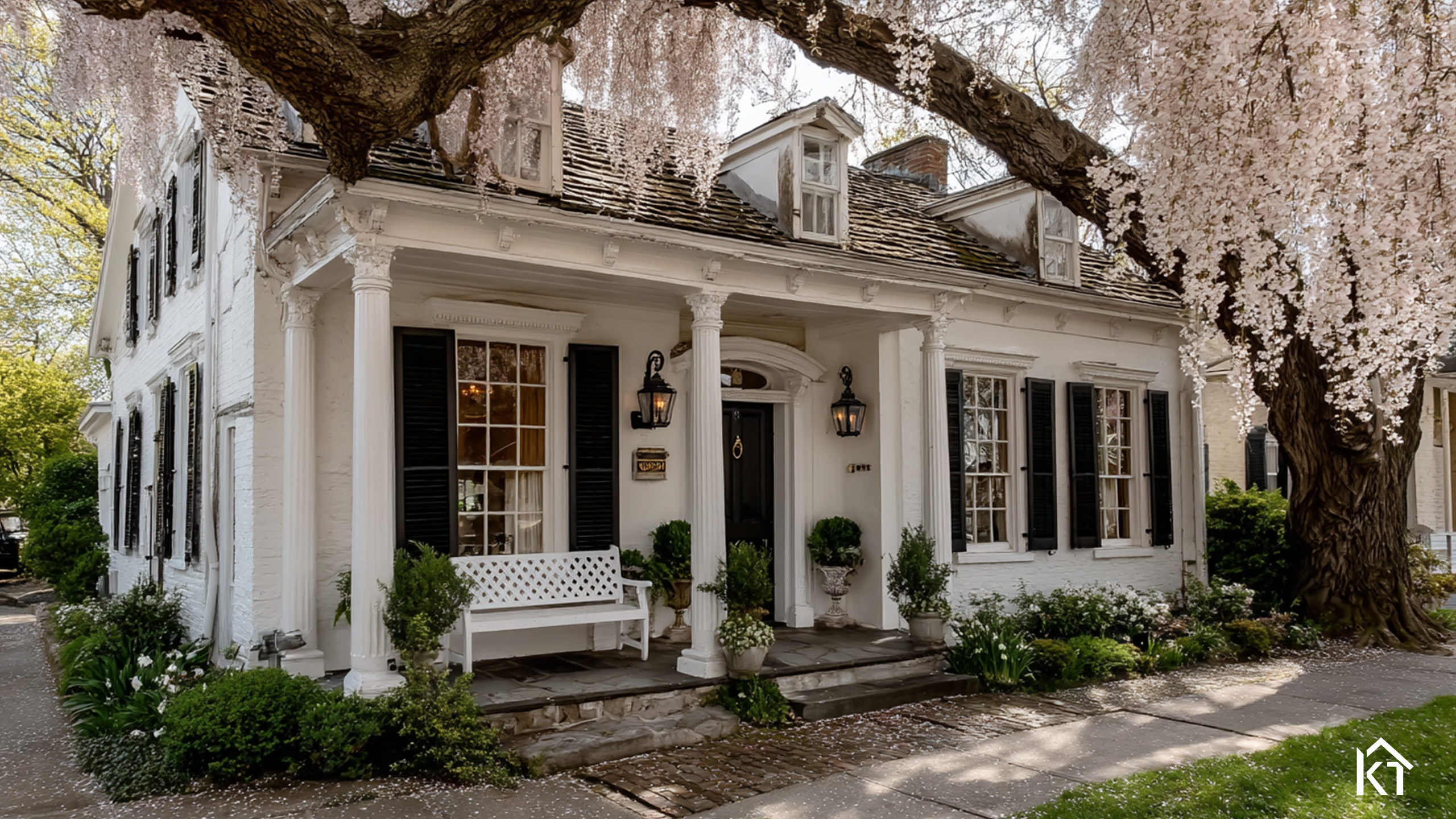Homeowners Insurance 101: Cost, Coverage, and What Affects Your Rate
When purchasing a home, one expense that’s easy to overlook—but critically important—is homeowners insurance. Most mortgage lenders require it before approving your loan, and even if you’re buying a home outright, having insurance protects what is likely your biggest investment. Homeowners insurance costs vary widely depending on where the home is located, its condition, and several other factors, so it’s important to understand how these variables impact your overall budget.
Why Homeowners Insurance Is Required
If you’re financing your home with a mortgage, your lender will require homeowners insurance to protect their financial interest in the property. Should a disaster like a fire, storm, or theft occur, insurance ensures there’s funding to repair or rebuild the home, safeguarding both you and the lender from catastrophic loss. Most policies also include liability coverage in case someone is injured on your property.
For cash buyers, insurance isn’t legally required, but it’s strongly advised. Without it, you’d be responsible for all costs to repair or rebuild after a damaging event.
Average Costs and What Affects Them
Homeowners insurance costs in the U.S. average around $1,400 annually, but this number can swing significantly based on location, coverage level, deductible, and property condition. Here are the primary factors that influence your premium:
1. Location, Location, Location
Insurance providers look at regional risks—like hurricanes in Florida, earthquakes in California, or tornadoes in the Midwest. If the home is in an area with frequent natural disasters or even higher-than-average crime rates, your premium will likely be higher. On the flip side, if your neighborhood has a nearby fire station, low crime, and isn’t prone to flooding, you might qualify for lower rates.
Homes in flood zones require separate flood insurance policies, which can add thousands per year to your total coverage costs. Similarly, homes near coastlines may require windstorm coverage or have exclusions that limit protection against hurricane damage.
Kentucky Tom Pro Tip: Zillow has an interactive map that shows how close your home is potentially to risks including floods.
2. Home Condition and Age
An older home may be charming, but outdated wiring, aging plumbing, or a worn-out roof could raise your insurance premiums. Insurers view these as potential risks for fire or water damage. If the home has recently been renovated or includes newer systems like a modern HVAC, new roof, or upgraded electrical panel, your insurance cost may be lower.
Some providers also offer discounts if the home has certain safety features like smoke detectors, burglar alarms, or impact-resistant windows.
Kentucky Tom Pro Tip: HVAC is a common term used within the heating and cooling industry. It means: Heating, Ventilation, and Air Conditioning.
3. Coverage Amount and Deductibles
The more coverage you purchase, the higher your premiums will be. It’s important to insure your home for the cost to rebuild it—not its market value. Adding endorsements (also known as riders) for valuable items like jewelry, electronics, or art can also increase costs.
Your deductible—the amount you pay out of pocket before insurance kicks in—also plays a role. Choosing a higher deductible usually lowers your monthly or annual premium but means you’ll pay more upfront in the event of a claim.
4. Credit Score and Claims History
In most states, insurers can use your credit score to assess risk. A higher score typically leads to lower premiums. Likewise, if the home or you (as the buyer) have a history of frequent insurance claims, expect higher costs.
How to Save on Homeowners Insurance
There are several ways to keep costs manageable:
-
Bundle policies (auto and home) with the same insurer for a discount.
-
Shop around and compare quotes from multiple companies.
-
Raise your deductible to reduce premiums.
-
Ask about discounts for being claim-free, senior, or loyalty programs.

For Your Consideration
Homeowners insurance isn’t just a requirement—it’s protection for your peace of mind. As you evaluate properties, don’t forget to factor insurance into your monthly costs and long-term budget. A low purchase price on a home might come with high insurance premiums if it’s in a risky location or in poor condition. Talk to your real estate agent and get quotes early in the process so you’re not surprised later.
For More Home Buying and Selling insights, join my Free newsletter by clicking HERE.


You must be logged in to post a comment.